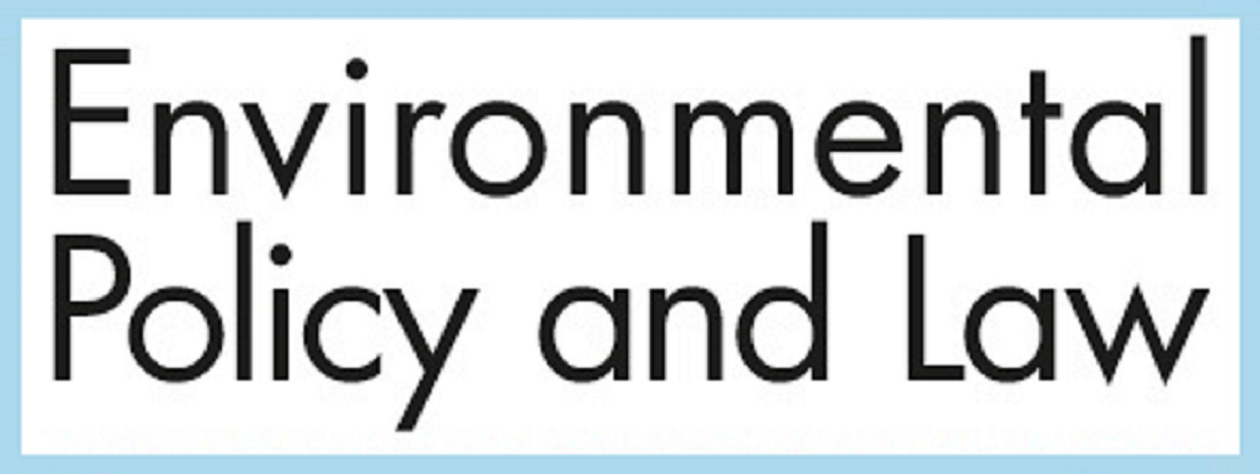Ozone Layer Protection at the Turn of the Century: The Eleventh Meeting of the Parties
Sebastian Oberthür*
Centre for International and European Environmental Research, Berlin, German
*Corresonding author (current affiliation: IES, Brussels, Belgium; sebastian.oberthuer@vub.ac.be)
EPL, Vol. 30, Iss.1-2, pp.34-41, 2000

